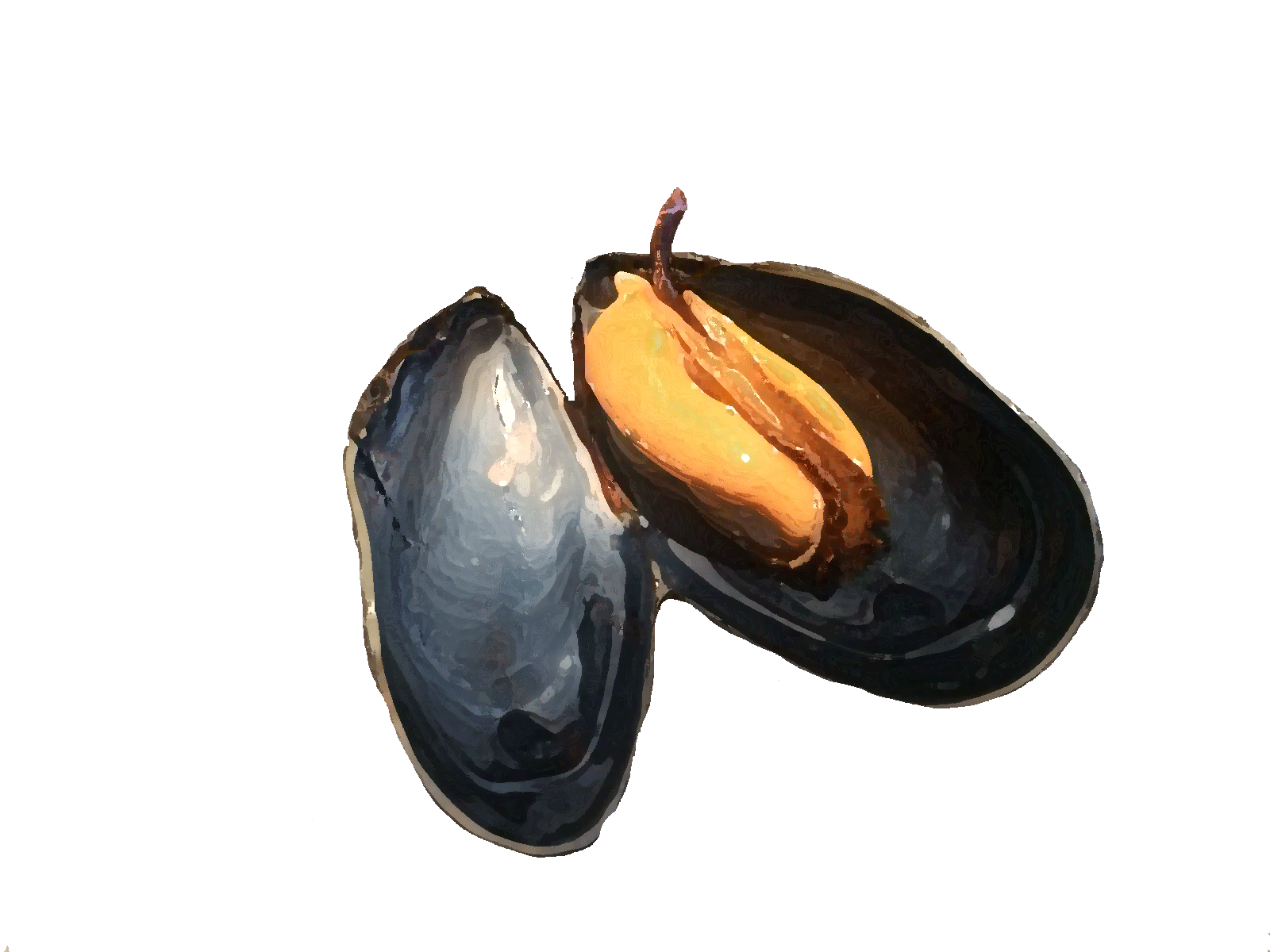Before the mussel larvae settle anywhere, they are carried along by the current, which is also partly determined by the prevailing wind direction. Successful establishment of mussel larvae requires a short period of calm conditions with little or no current and the absence of wave action. Breeding fall is a very crucial phase in, where the suitability of the substrate plays a major role. There are large differences between years in terms of breeding success. There are several theories that explain the high natural variation. These are related to the severity of winter and the influence of predation:
1. After a harsh winter, eggs are said to have better quality. However, this hypothesis was rejected because no relationship between a harsh winter and better quality brood has been scientifically demonstrated.
2. A colder winter would cause predators such as crabs and shrimp to become more active later due to the low water temperature. However, this hypothesis has also been rejected because mussel development in a cold winter is slowed down as much as that of shrimp and crabs and therefore does not reach its peak until late in the season.
3. After a harsh winter, there are fewer predators anyway and therefore the brooding of mussels, cockles, beach clams and ninnets survives better. Especially the crab population is very small after a harsh winter. Thus, this hypothesis is the most plausible.


